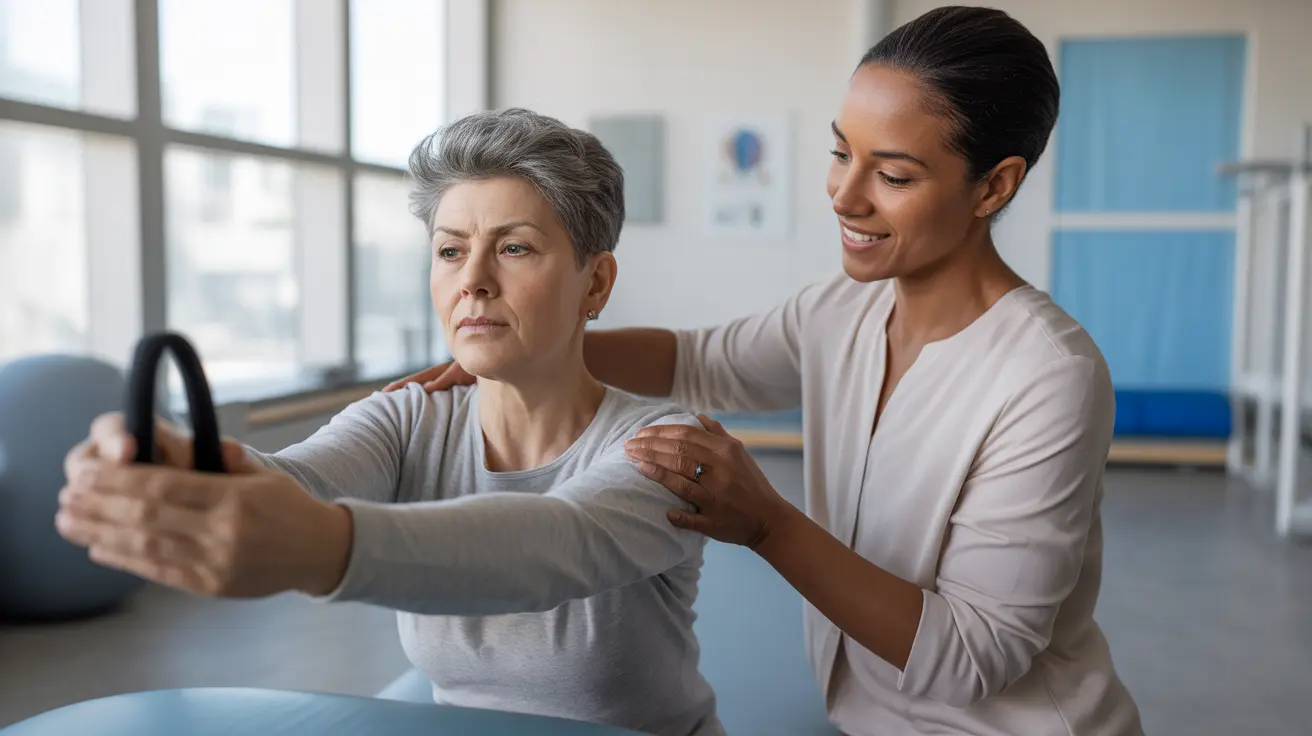Living with balance problems can significantly impact your daily life, making simple tasks challenging and potentially increasing your risk of falls. Understanding the most effective treatments for balance disorders is crucial for regaining stability and improving your quality of life.
Whether your balance issues stem from inner ear problems, neurological conditions, or other medical causes, various treatment options are available. This comprehensive guide explores the most effective approaches to treating balance problems, with a particular focus on vestibular rehabilitation therapy.
Understanding Balance Disorders and Their Impact
Balance disorders can manifest through various symptoms, including dizziness, vertigo, unsteadiness, and difficulty walking. These symptoms can be caused by problems in the vestibular system, vision, proprioception, or a combination of these factors.
Common causes of balance problems include:
- Benign Paroxysmal Positional Vertigo (BPPV)
- Vestibular neuritis or labyrinthitis
- Ménière's disease
- Neurological conditions
- Medication side effects
- Age-related changes
Vestibular Rehabilitation Therapy: A Leading Treatment Option
Vestibular rehabilitation therapy (VRT) stands out as one of the most effective treatments for balance problems. This specialized form of physical therapy helps your brain compensate for inner ear problems and improve your balance system's overall function.
Key Components of Vestibular Rehabilitation
The therapy typically includes:
- Gaze stabilization exercises
- Balance training
- Habituation exercises
- Gait training
- Home exercise programs
Additional Treatment Approaches
Medications
While not always the primary treatment, certain medications can help manage symptoms, particularly during acute phases of balance disorders. These may include:
- Anti-vertigo medications
- Anti-nausea drugs
- Anti-inflammatory medications
- Diuretics (for Ménière's disease)
Lifestyle Modifications
Supporting treatments often include lifestyle changes such as:
- Dietary modifications
- Regular exercise
- Stress management
- Environmental modifications for safety
- Sleep hygiene improvements
Creating an Effective Treatment Plan
The most successful treatment plans are typically individualized and may combine multiple approaches. Working with healthcare providers to determine the underlying cause of your balance problems is essential for developing an effective treatment strategy.
Frequently Asked Questions
What are the most effective treatments for balance problems due to vestibular disorders?
The most effective treatments typically include vestibular rehabilitation therapy, specific medications for symptom management, and lifestyle modifications. Vestibular rehabilitation therapy has shown particularly strong success rates in treating various balance disorders.
How does vestibular rehabilitation therapy work, and what are its benefits?
Vestibular rehabilitation therapy works by retraining your brain to process balance information more effectively. It includes specific exercises that help improve gaze stability, balance, and gait. Benefits include reduced dizziness, improved balance, increased confidence in movement, and better overall function in daily activities.
What are the common symptoms of balance disorders that can be treated with vestibular rehabilitation?
Common symptoms that respond well to vestibular rehabilitation include dizziness, vertigo, unsteadiness, difficulty walking, visual disturbances during head movement, and general balance problems. The therapy can also help with motion sensitivity and spatial disorientation.
Is vestibular rehabilitation therapy more effective than medication for treating balance issues?
For many chronic balance disorders, vestibular rehabilitation therapy proves more effective than medication alone, as it addresses the underlying cause rather than just managing symptoms. However, some patients benefit from a combination of both approaches, especially during acute phases.
How long does it typically take to see results from vestibular rehabilitation therapy for dizziness and balance problems?
Most patients begin to see improvements within 4-6 weeks of starting vestibular rehabilitation therapy, though individual results vary. Some may notice changes within a few sessions, while others might need several months of consistent therapy for optimal results.




